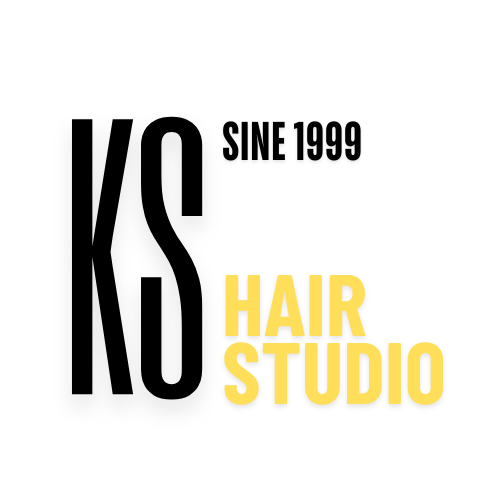When it comes to hairstyles that transcend time, the 1960s and 1970s delivered some of the most memorable and influential looks. These iconic decades not only introduced bold, distinctive styles but also set trends that continue to inspire modern fashion. If you’re aiming to channel retro vibes for a modern event or a casual, everyday look, here are the top hairstyles from the 60s and 70s, updated for today.
The Beehive
One of the most recognizable hairstyles of the 1960s, the beehive is a towering updo that adds instant drama and flair. It was popularized by music icons like The Ronettes and quickly became a symbol of the era’s bold fashion sense.

Modern Twist:
To bring the beehive into the present day, keep the height but soften the volume. Instead of using heavy teasing and tons of hairspray, opt for texturizing sprays and backcombing to create a lighter version of this style. Pair it with casual, understated makeup for an elegant contrast at modern events.
Best For:
This hairstyle works best for those with medium to long hair and can be adapted for both straight and wavy textures.
The Mod Bob
Inspired by 60s fashion icon Twiggy, the mod bob is a sleek, geometric haircut that’s short and full of attitude. The defining feature of this style is the sharp, straight lines and minimal layering, which give it a chic, modern edge.

Modern Twist:
For a contemporary take, add soft waves or pair it with fringes to create a more relaxed, lived-in look. The key is to maintain the structured shape while giving the hair more movement and texture.
Best For:
This is an ideal cut for short-haired individuals looking to make a bold statement. It works particularly well on straight hair but can also be styled with loose curls for added dimension.
Farrah Fawcett’s Feathered Layers
Nothing screams 70s glamour like the Farrah Fawcett blowout. With its feathered, face-framing layers and voluminous waves, this hairstyle became synonymous with effortless beauty.

Modern Twist:
Incorporate this look into today’s styles by toning down the volume and opting for more relaxed, loose waves. Use a large-barrel curling iron to create the iconic feathered look but keep the curls loose and natural. Finish with a lightweight hairspray to maintain the shape without looking overdone.
Best For:
This style works wonderfully on medium to long hair and is especially great for those with thick hair who want to add movement and shape.
Bohemian Waves
The boho waves of the 70s were all about a carefree, natural vibe. Icons like Stevie Nicks and Jane Birkin rocked these loose, tousled waves, making the style synonymous with the era’s bohemian culture.
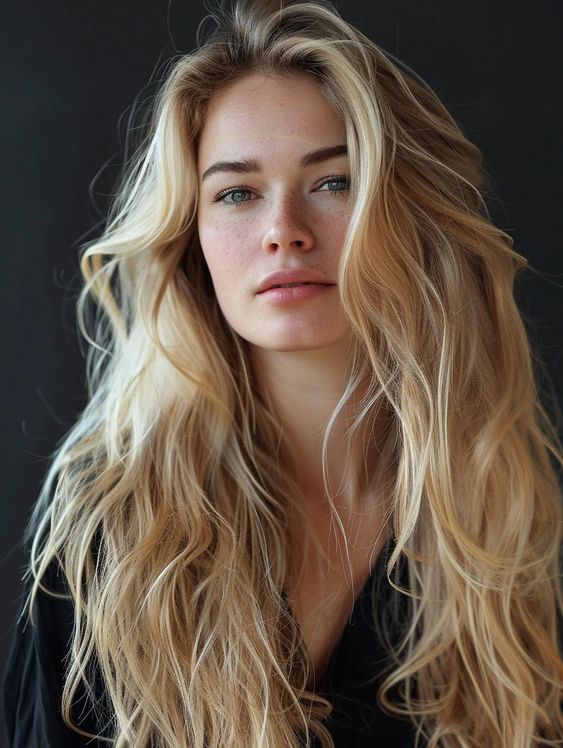
Modern Twist:
Today, this look has been updated for a more polished finish, perfect for festivals or casual events. To get the look, use a sea salt spray or texturizing mousse to give your hair body and definition. A medium-barrel curling iron can help achieve soft, subtle waves.
Best For:
This style works well on medium to long hair, especially if you have naturally wavy or curly hair. It’s also great for those who love a low-maintenance look with a touch of sophistication.
The Shag Cut
The shag haircut was a staple of the late 70s, with its choppy layers and rock-n-roll edge. Think of Joan Jett or David Bowie—this cut is all about attitude and texture.

Modern Twist:
For a current take, ask for soft, blended layers to avoid the overly choppy look of the past. You can also add wispy bangs to soften the style and make it more wearable for everyday looks. The modern shag cut is all about embracing texture and volume without the messiness of the original.
Best For:
This cut suits a wide range of hair types and textures, from straight to curly, and works particularly well for those who want to add movement to thick or coarse hair.
Pixie Cut with Volume
The pixie cut made waves in the 60s, thanks to icons like Mia Farrow. While the traditional pixie is sleek and minimal, the 60s version added volume and height, making it a bold statement look.
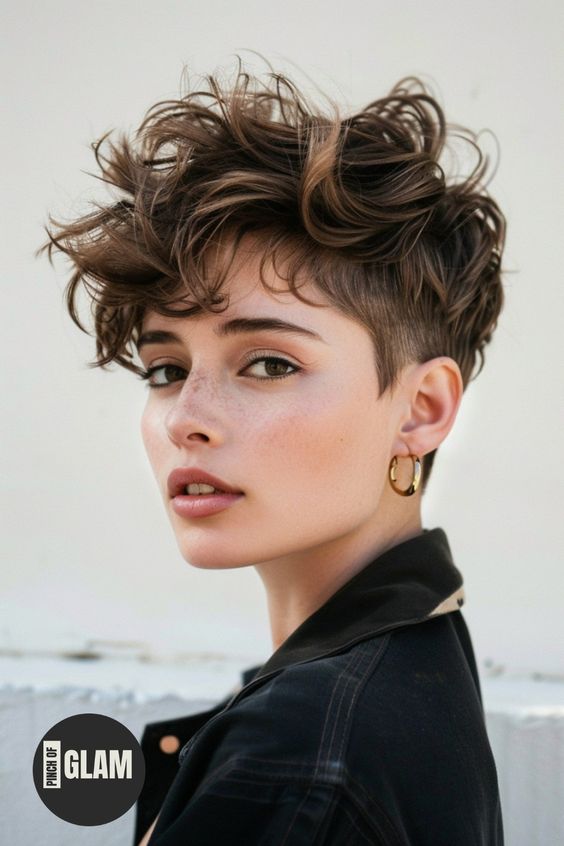
Modern Twist:
To give this style a 21st-century update, add volume at the crown and texture throughout the top layers. This style is perfect for those who want a low-maintenance cut that still feels stylish and chic.
Best For:
Ideal for those with short hair and those who want a no-fuss, everyday hairstyle that still has plenty of character.
Bouffant Updo
The bouffant was another towering hairstyle that dominated the 60s. Similar to the beehive, the bouffant adds height at the crown but is more relaxed and often paired with cascading curls.
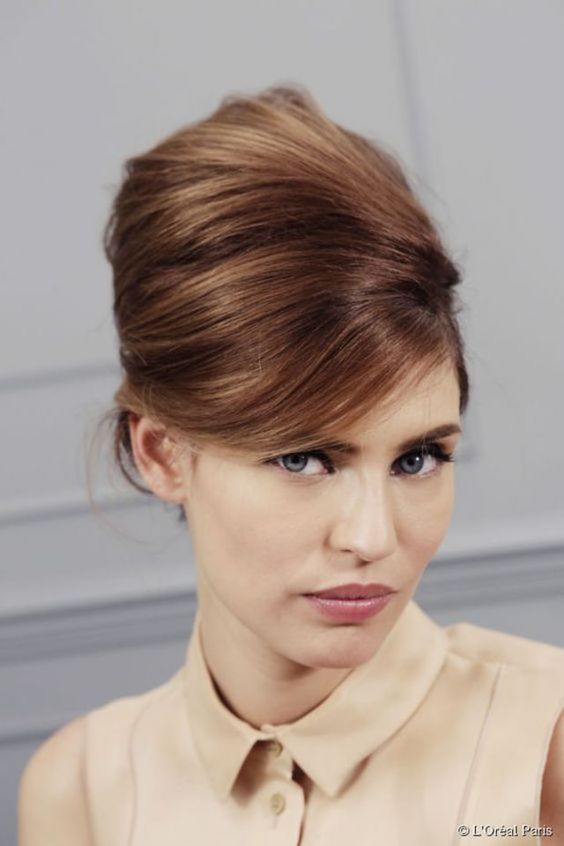
Modern Twist:
To make this updo more contemporary, keep the volume at the crown minimal and allow some pieces to fall loosely around the face. This creates a softer, more natural look that’s perfect for formal occasions or modern weddings.
Best For:
This style works best for those with medium to long hair and looks especially great when paired with waves or curls.
Accessorizing Retro Hairstyles for Modern Events
Accessories played a key role in the 60s and 70s, and they’re still just as important when recreating these looks today. Headbands, scarves, and flower crowns are perfect additions to boho waves or a shag haircut, while decorative pins and ribbons can elevate the bouffant or beehive for a more formal event. The key is to balance the retro flair with modern sensibilities to avoid looking like a full costume.
FAQ Section
Q1: Can I wear a beehive for everyday occasions?
A1: Absolutely! You can downscale the height of the beehive to create a more subtle, everyday version that’s perfect for casual wear.
Q2: Are shag haircuts difficult to maintain?
A2: Shag haircuts are generally low-maintenance because they embrace natural texture. Regular trims will help keep the shape looking fresh.
Q3: What’s the best way to modernize the Farrah Fawcett blowout?
A3: To modernize the look, opt for looser, more relaxed waves and use a large-barrel curling iron to create the feathered effect without excessive volume.
Q4: Can these styles work on different hair textures?
A4: Yes! Most of these styles can be adapted to different hair textures, with some adjustments in styling techniques and products.
These iconic 1960s and 1970s hairstyles can easily be revived for modern times, whether you’re attending a themed party, festival, or simply looking for a stylish, everyday look. By adding contemporary twists to these classic styles, you can celebrate the retro charm of the past while staying fashionable in the present.
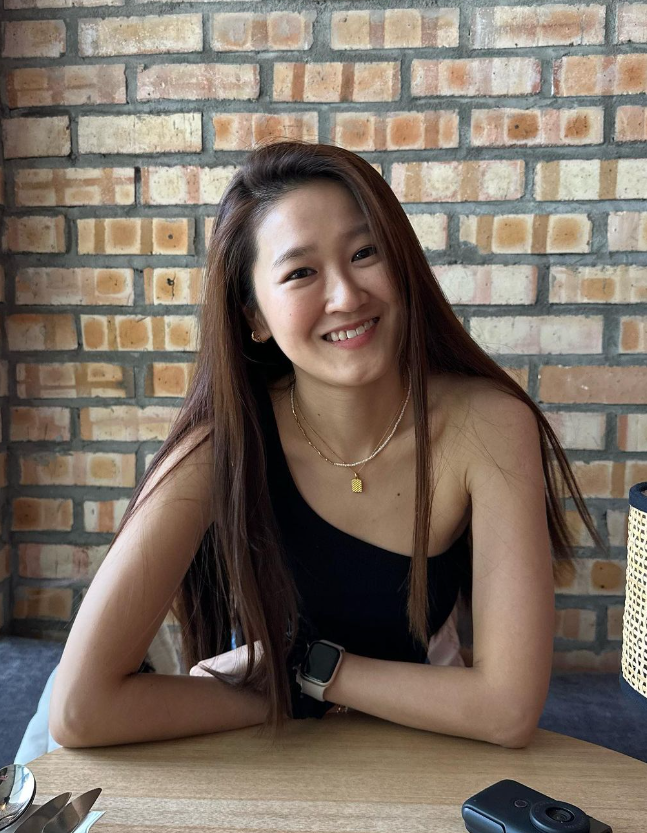
My name is Nichelle, a beauty blogger with a passion for sharing knowledge and experience in beauty, especially hair care. I am currently collaborating with KS Hair Studio to bring you truly high-quality content such as sharing knowledge, product reviews, and my own hair care journey. Follow Nichellex and KS Hair Studio to discover hair care secrets together!
